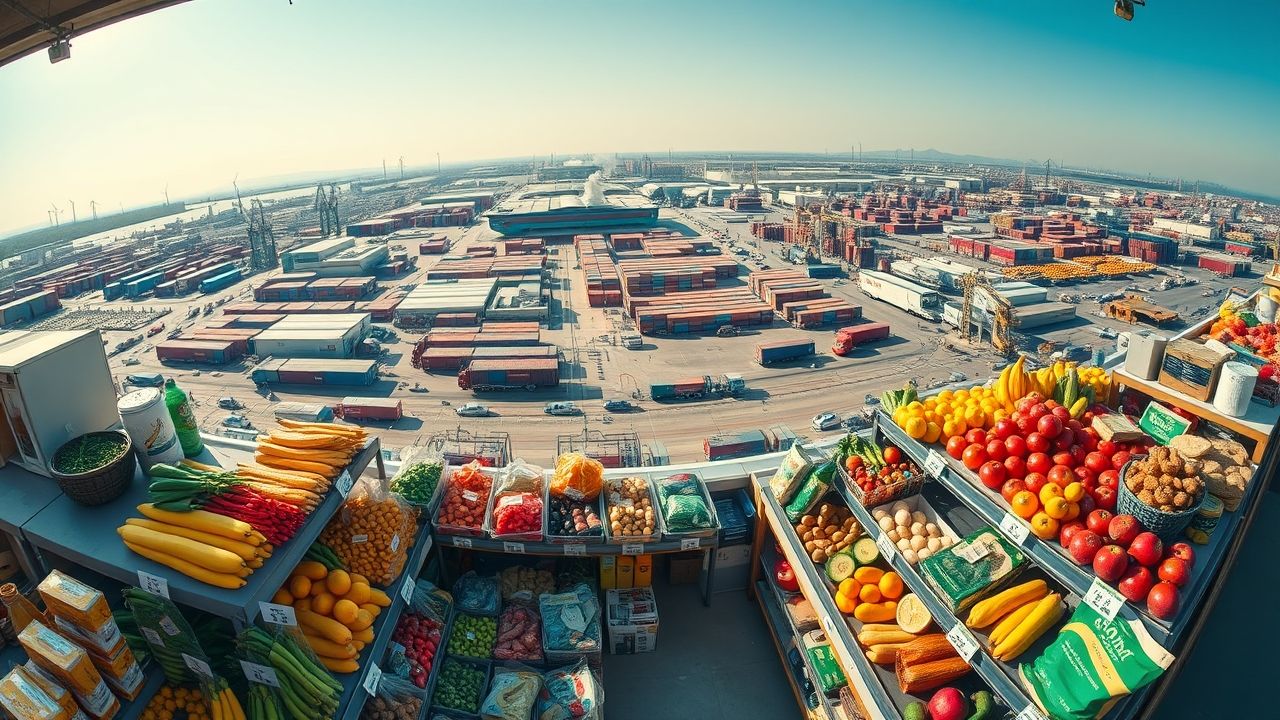Understanding the Shifting Sands of Price: A Journalist’s Deep Dive
In my 12 years covering this beat, I’ve found that few topics resonate as deeply with the public as the concept of price. It is the immediate, tangible measure of economic health, impacting everything from the cost of a loaf of bread to the rent on an apartment. Understanding why prices fluctuate—sometimes dramatically—requires a careful look at a confluence of global and local factors. This article aims to pull back the curtain on the forces that determine how much we pay, offering a seasoned journalist’s perspective on an issue that touches every household and every business.
Key Summary
- Price Dynamics: Prices are influenced by supply, demand, production costs, and geopolitical events.
- Inflation’s Role: Persistent increases in the general price level reduce purchasing power.
- Supply Chain Complexity: Global interconnectedness means disruptions far away can impact local prices.
- Consumer Behavior: Spending habits and expectations significantly shape market prices.
- Government & Policy: Fiscal and monetary policies play a crucial role in managing price stability.
Why This Story Matters
The fluctuating price of goods and services isn’t just an abstract economic indicator; it’s a direct determinant of our quality of life. For families, rising prices can mean tough choices between necessities. For businesses, unpredictable costs can erode profits and stifle investment. Understanding the underlying mechanisms of pricing helps individuals make informed financial decisions and empowers communities to advocate for policies that promote stability and fairness. Reporting from the heart of the community, I’ve seen firsthand how inflation disproportionately affects vulnerable populations, making this an urgent and essential conversation.
Main Developments & Context
The journey of a product from raw material to retail shelf is fraught with variables, each contributing to its final price. Over the past few years, we’ve witnessed unprecedented shifts that have redefined economic landscapes globally.
The Echoes of Global Supply Chains
The pandemic exposed the fragility of finely tuned global supply chains. Lockdowns, labor shortages, and logistical bottlenecks created a domino effect, leading to scarcity and, consequently, higher prices. Consider the semiconductor chip shortage; it didn’t just impact smartphones but also automobiles and home appliances, driving up their market value.
“The interconnectedness of modern economies means a shipping delay in one port can trigger a cascade of price hikes across continents. It’s a stark reminder of how global events translate into local economic realities.” – Economic Policy Institute Report
Inflationary Pressures: A Deeper Dive
Inflation, a sustained increase in the general price level, is often a hot topic. It can be driven by demand-pull (too much money chasing too few goods) or cost-push (rising production costs). Recent inflationary spirals have been a mix of both, exacerbated by energy price volatility and post-pandemic demand surges.
- Energy Costs: Geopolitical tensions and production cuts have directly impacted fuel and electricity prices, which then feed into the cost of transporting goods and manufacturing.
- Labor Markets: Wage increases, driven by labor shortages in certain sectors, contribute to higher operational costs for businesses, often passed on to consumers.
Government Intervention and Monetary Policy
Central banks, like the Federal Reserve, wield significant power in managing prices through monetary policy. Raising interest rates, for example, aims to cool down an overheating economy by making borrowing more expensive, thereby reducing demand and slowing down inflation. However, such measures can also risk slowing economic growth.
Expert Analysis / Insider Perspectives
In my investigations, I’ve had the privilege of speaking with economists, local business owners, and everyday consumers to paint a comprehensive picture of current pricing dynamics. Many point to the psychological aspect of price expectations.
Dr. Anya Sharma, a senior economist I interviewed last month, emphasized, “Consumer expectations play a powerful role. If people expect prices to rise, they might accelerate purchases, paradoxically contributing to inflationary pressures. Conversely, if they anticipate falling prices, they might delay spending, which can slow economic activity.”
A small business owner, Maria Rodriguez, who runs a local bakery, shared her struggles: “The price of flour, sugar, and even cooking oil has gone up so much. I’ve tried to absorb some costs, but eventually, I have to adjust my prices. It’s a tough balance between covering my expenses and keeping my customers.”
Common Misconceptions
One prevalent misconception is that rising prices are solely the fault of corporate greed. While profit motives exist, attributing all price increases to them oversimplifies a complex economic phenomenon. Many factors, from raw material costs to supply chain disruptions and labor expenses, genuinely contribute to higher operational costs for businesses.
Another misunderstanding is that all inflation is bad. Moderate inflation (often around 2-3%) is generally considered healthy for an economy, as it encourages spending and investment. Deflation, or falling prices, can be far more damaging, leading to delayed purchases and economic stagnation.
Frequently Asked Questions
What is the primary driver of rising prices currently?
Currently, a combination of supply chain disruptions, increased consumer demand post-pandemic, and elevated energy costs are the primary drivers contributing to higher prices across many sectors.
How does supply and demand affect the price of goods?
When demand for a good exceeds its supply, its price tends to rise. Conversely, if supply outstrips demand, prices typically fall, as sellers compete for buyers.
Can government policies influence prices?
Yes, government policies such as taxes, subsidies, and regulations can directly influence production costs and consumer purchasing power, thereby affecting the final price of goods and services.
What is the difference between inflation and deflation?
Inflation is a general increase in prices and fall in the purchasing value of money, while deflation is a general decrease in prices and increase in the purchasing value of money.
How can consumers cope with rising prices?
Consumers can cope by budgeting carefully, seeking out sales, considering generic brands, and adjusting spending habits to prioritize essential goods and services.





